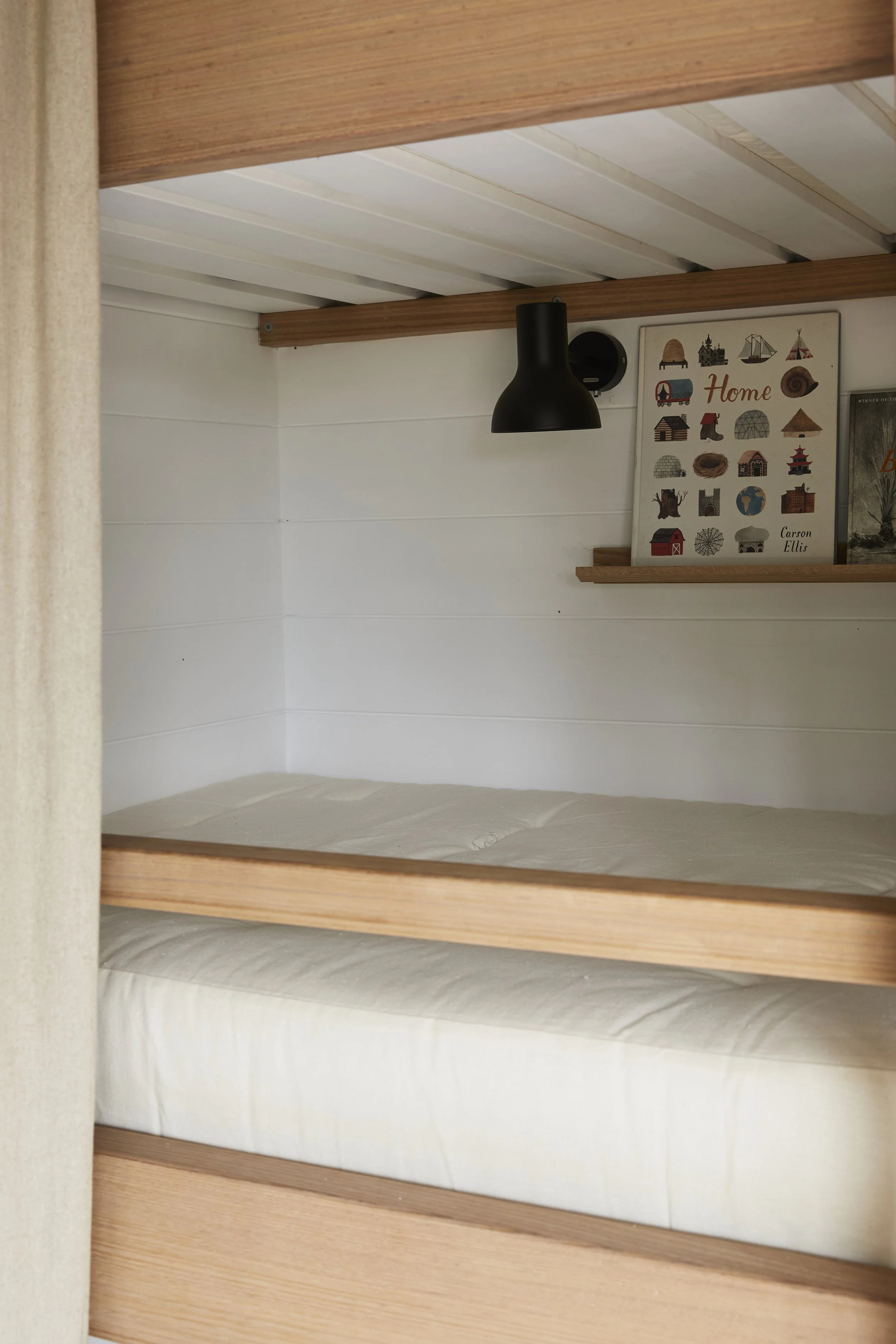What You Need to Know About Your Mattress
It’s not something we give a lot of attention to. While we often consider the foods we eat, and even the products we use on our bodies (moisturisers, makeup…), the chemicals we breathe in every night are not always front of mind.
If you want to sleep easier knowing that you’re not breathing in toxic chemicals, knowledge is key. There are an increasing number of options when it comes to mattresses but it can get confusing.
Regardless of what you choose, ask lots of questions, especially if choosing a mattress for children or babies. You want to avoid products that contain flame retardants, volatile organic compounds (VOCs), toxic glues and carcinogens.
Does it matter? VOCs can give you headaches, irritate your eyes, throat and skin and create a feeling of fatigue and nausea, as well as cause breathing problems. Prolonged exposure to VOCs can have a detrimental effect on your kidneys, liver and central nervous system.
Flame retardants have been linked to hormone disruption, asthma and cancer, among other disturbing effects on the body.
It’s a good idea to look for mattresses that are made of natural materials, such as cotton and wool, which are inherently fire resistant. Beds that are sewn together rather that bound with potentially toxic glue can be a better option. Also, natural latex is an advisable alternative to polyurethane foam.
Spring Mattresses
The most common type of mattress.
Open Coil
Up until recently the go-to mattress were open coil, which are made up of an interconnected spring system. Because they are often mass produced, they are one of the cheapest options available. However, over time they can sag. The firmness depends on the thickness of the inner spring. A 12-guage mattress is very firm while a softer option is 13.5-gauge.
Pocket Spring
The other main type of a spring mattress is a pocket spring, which uses separate springs instead of coils. The main benefit is that they prevent the mattress sinking or from couple’s both ending up in the middle of the bed. Better quality than open coil, however, more expensive, too.
Foam Mattresses
They are two main type of foam mattresses, which are ideal for allergy sufferers.
Memory Foam
Made from a type of polyurethane foam. Various chemicals are added to memory foam to increase its elasticity. While some companies are now avoiding the more toxic materials used in memory foam, some companies still use them to offer a lower price. Look for products that are transparent about the materials used.
Natural Latex
Produced from rubber trees, natural latex offers the experience of a foam mattress without the potentially harmful chemicals or the environmental impact. Opt for a natural breathable cover such as cotton or wool for a healthier night’s sleep.
For more inside insights into sourcing + materials join the waitlist for the next Design + Decoration Masterclass — coming soon!


